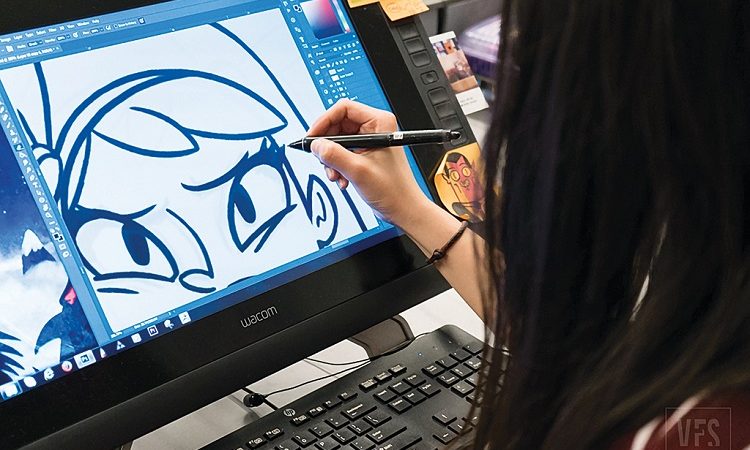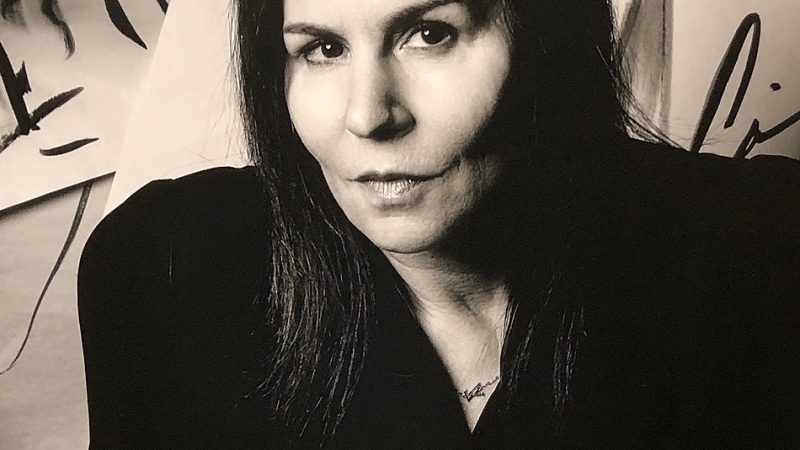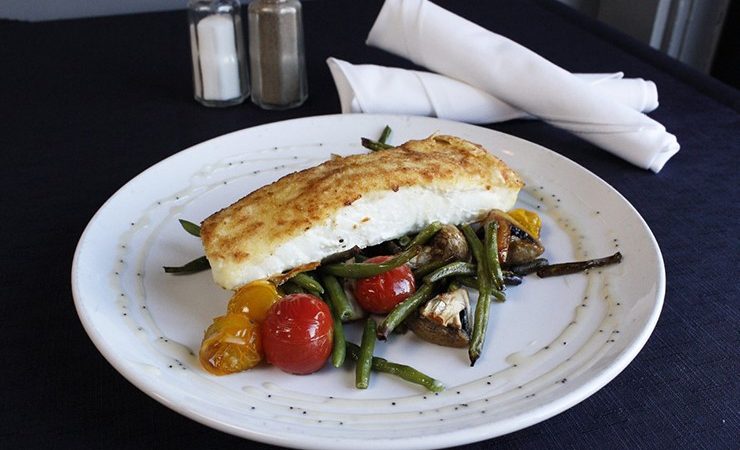The History of Crowns

Crowns have been a symbol of power and authority for centuries. The first recorded use of a crown dates back to ancient Egypt, where pharaohs wore a distinctive headpiece called the nemes. Over time, crowns became more elaborate and ornate, reflecting the wealth and status of their wearers. In medieval Europe, crowns were often associated with the divine right of kings.
It was believed that monarchs were chosen by God to rule over their subjects, and the crown was a physical representation of this authority. The English Crown Jewels, which include the famous Imperial State Crown, are still used in coronation ceremonies to this day. Crowns have also played an important role in religious ceremonies. In Christianity, the crown of thorns is a symbol of the suffering of Jesus Christ, while the halo is often depicted as a crown of light around the heads of saints and angels.
In Hinduism, the god Vishnu is often depicted wearing a crown of feathers, while in Buddhism, the Buddha is sometimes shown wearing a jeweled crown. Today, crowns are still used in many different contexts. Beauty pageant winners are often crowned with tiaras or other decorative headpieces. While winners of sporting events may be awarded championship rings or other types of crowns.
Crowns are also used in heraldry, where they are used to represent different ranks and titles. Despite their long history and enduring popularity, crowns are not without controversy. Some argue that they are outdated symbols of inequality and oppression. While others see them as an important part of tradition and heritage. Whatever your opinion may be, there is no denying the enduring fascination and allure of these regal headpieces.






